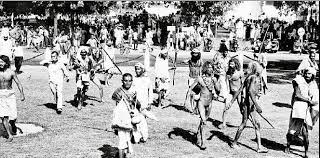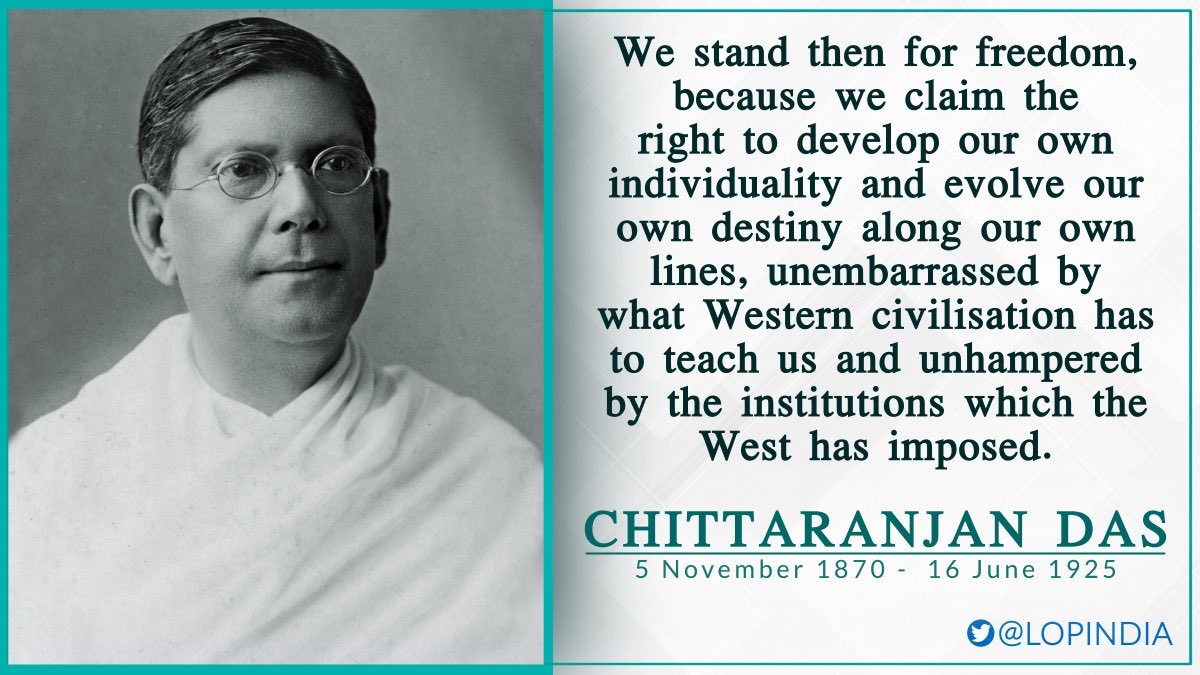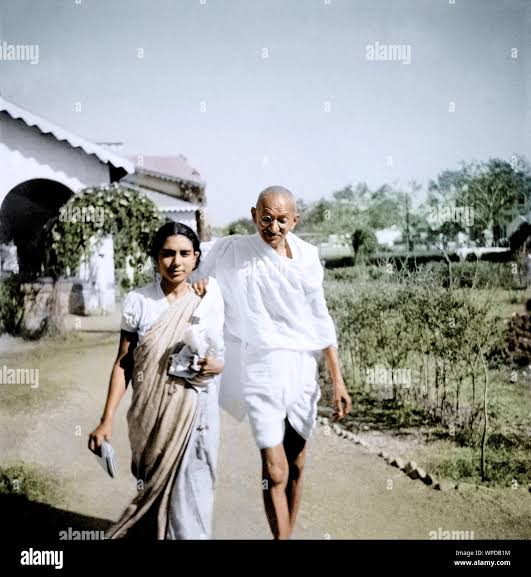
#ForgottenHeroes
Let’s read the story of a Fighter, who according to British and Nehru Government was
“Highly Dangerous Individual”.
Today is the jayanti of
Long Forgotten Freedom Fighter
#PandurangSadashivKhankoje.
Born on 7th November 1884 at Wardha, Maharashtra, was
Let’s read the story of a Fighter, who according to British and Nehru Government was
“Highly Dangerous Individual”.
Today is the jayanti of
Long Forgotten Freedom Fighter
#PandurangSadashivKhankoje.
Born on 7th November 1884 at Wardha, Maharashtra, was

inspired by Bala Gangadhar Tilak in joining freedom struggle.
In 1900s he went for United States for higher education and joined Washington University and in
1908, along with Pandit Kanshiram at Oregon he founded Indian Independence League.
Few years down the line, little
In 1900s he went for United States for higher education and joined Washington University and in
1908, along with Pandit Kanshiram at Oregon he founded Indian Independence League.
Few years down the line, little
before World war 1, Khankoje met Taraknath Das, Lala Hardayal and this meeting lead them to start “Pacific Coast Hindustan Association” and eventually this association became Gadar_Party.
The WW1 saw him actively participating in IndoGerman Conspiracy propagating Gadar
The WW1 saw him actively participating in IndoGerman Conspiracy propagating Gadar
Ideologies up to Afghanistan and Baluchistan, by 1921 he turned towards Communism like many who wanted to liberate Bharat from British at any cost.
At this stage, British barred him from entering Bharat and referred him as Highly Dangerous Individual.
Subsequently, Pandurang
At this stage, British barred him from entering Bharat and referred him as Highly Dangerous Individual.
Subsequently, Pandurang
moved to Mexico and being an Agriculturist he worked as Professor of Botany at National School of Agriculture, married Jean Alexandrie Sindic, a Belgian and over the years became the Director of Agricultural sciences, Mexico.
Pandurang dedicated himself to the Mexicans and
Pandurang dedicated himself to the Mexicans and
started studying the cultivation of new varieties of high-yielding corn and wheat, with emphasis on drought- and disease-resistant varieties, and hence became a part of the efforts to usher in the Green Revolution in Mexico.
According to Scroll, the local press in Mexico

According to Scroll, the local press in Mexico


dubbed Khankhoje “Wizard of Chapingo and the Hindu savant, the man who created wonders with nature”.
Commenting on her father’s contribution in the field of agriculture, Savitri Sawhney writes in his biography, “...Khankhoje’s experiments with corn were a seminal contribution
Commenting on her father’s contribution in the field of agriculture, Savitri Sawhney writes in his biography, “...Khankhoje’s experiments with corn were a seminal contribution
to the research and study of better varieties. These studies, many years later, would inform the Green Revolution spearheaded by Norman Borlaug. In turn, the Green Revolution would benefit India immensely, which in its way was the fulfillment of Khankhoje’s initial dream,
to provide food for the people of India.
When Bharat got liberated, Pandurang applied for Visa which was rejected by Nehru and after much protest, Sadashiv along with his wife and children were allowed.
Imagine, how shattering it will be for the great man who had not set his
When Bharat got liberated, Pandurang applied for Visa which was rejected by Nehru and after much protest, Sadashiv along with his wife and children were allowed.
Imagine, how shattering it will be for the great man who had not set his
foot in his country for 40+years…
Khankoje, settled at Nagpur and eventually passed away on 22nd January 1967.
#PandurangSadashivKhankhoje
#Jayanti
#VANDEMATARAM
Khankoje, settled at Nagpur and eventually passed away on 22nd January 1967.
#PandurangSadashivKhankhoje
#Jayanti
#VANDEMATARAM
Story of Pandurang Sadashiv, another forgotten hero above.
@GoofyOlives @MumukshuSavitri @NAN_DINI_ @centerofright
@GoofyOlives @MumukshuSavitri @NAN_DINI_ @centerofright
• • •
Missing some Tweet in this thread? You can try to
force a refresh















